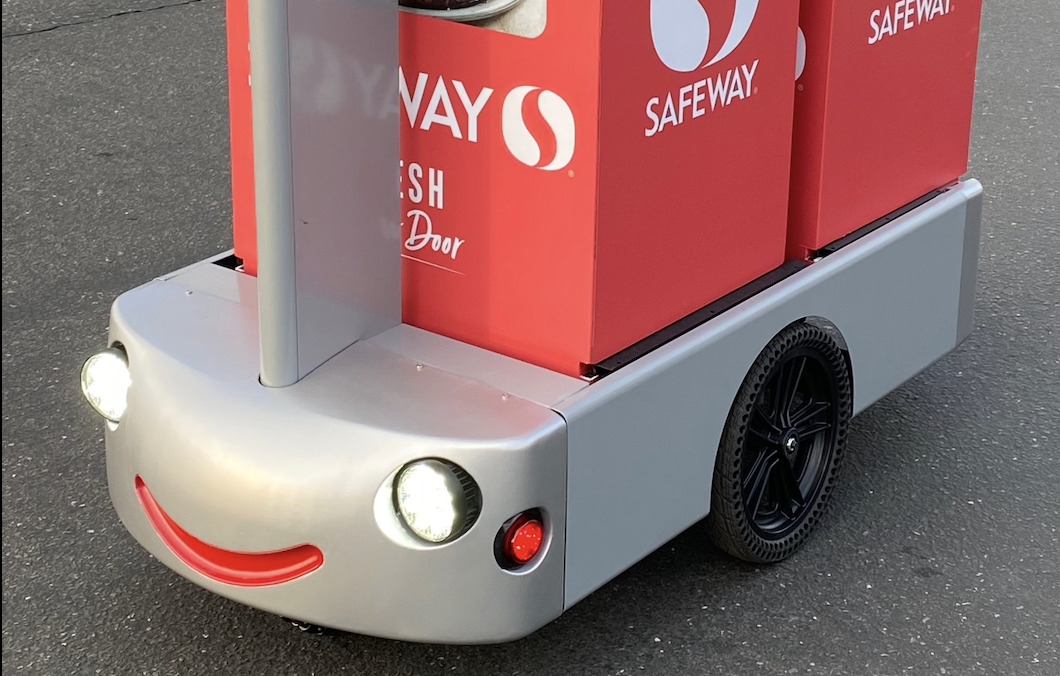News: Roku’s first original film continues NBC’s canceled series ‘Zoey’s Extraordinary Playlist’
Roku’s expansion into original content continues with news that the streaming platform and device maker will debut its first original feature-length film during the 2021 holiday season. In partnership with Lionsgate, Roku announced it will introduce a movie based on the Emmy-winning TV series “Zoey’s Extraordinary Playlist,” which will air on its free streaming hub,
Roku’s expansion into original content continues with news that the streaming platform and device maker will debut its first original feature-length film during the 2021 holiday season. In partnership with Lionsgate, Roku announced it will introduce a movie based on the Emmy-winning TV series “Zoey’s Extraordinary Playlist,” which will air on its free streaming hub, The Roku Channel later this year.
The new movie, “Zoey’s Extraordinary Christmas,” will continue where the series left off following its season 2 finale and series cancellation, which had upset fans who had taken to social media in hopes of saving the show by finding it a new home. Roku, as it turns out, is that home — not only will it air the new film, it will also make all 25 episodes of the series available to stream for free on The Roku Channel in the U.S. later this fall.
The feature film, meanwhile, begins production this month in Vancouver, and will see a number of actors reprising their roles, including Jane Levy, Skylar Astin, Alex Newell, John Clarence Stewart, Andrew Leeds, Alice Lee, Michael Thomas Grant, Kapil Talwalkar, David St. Louis, Mary Steenburgen, Peter Gallagher, and Bernadette Peters. Details of the film’s plot are still limited, however, noting only that it will be a continuation of Zoey’s journey as she “navigates work, family, love and everything in between.”
While a significant move for fans who simply wanted more of their favorite show, it’s a bigger step forward for Roku and its original content strategy. The company had already tested consumers’ appetite for original series by acquiring the content catalog from the short-lived streaming service Quibi earlier this year, whose shows then launched to The Roku Channel as the company’s first set of Roku Originals. The debut lineup included 30 titles, but Roku is continuing to roll out more shows as the year progresses. Last month, for instance, it released 23 more of those shows to its collection. The company also recently decided to reinvest in at least one previously Quibi-owned series by greenlighting a second season of “Most Dangerous Game.”
But until now, Roku has not invested in full-length movies.
Movies make a good fit for The Roku Channel, of course, as the free streaming is supported by advertising — and movies, due to their length, offer more ad slots to be filled. In fact, The Roku Channel got its start as free movies hub, before later expanding to include TV shows and other types of content, like news and sports.
So far, Roku’s original programming seems to be connecting with viewers. The company says its top 5 streamed TV shows this summer (May 20-July 18) were all Roku Originals.
The new film is produced by Lionsgate in association with the Tannenbaum Company, Feigco Entertainment, and Universal Music Group’s Polygram Entertainment and Zihuatenejo Productions. The series creator Austin Winsberg will write and executive produce. Richard Shepard, who filmed the show’s pilot, will direct. Kim Tannenbaum, Eric Tannenbaum, Paul Feig, David Blackman, and Daniel Inkeles will also serve as executive producers.
The movie will air on The Roku Channel during the holidays in the U.S., Canada, and the U.K.


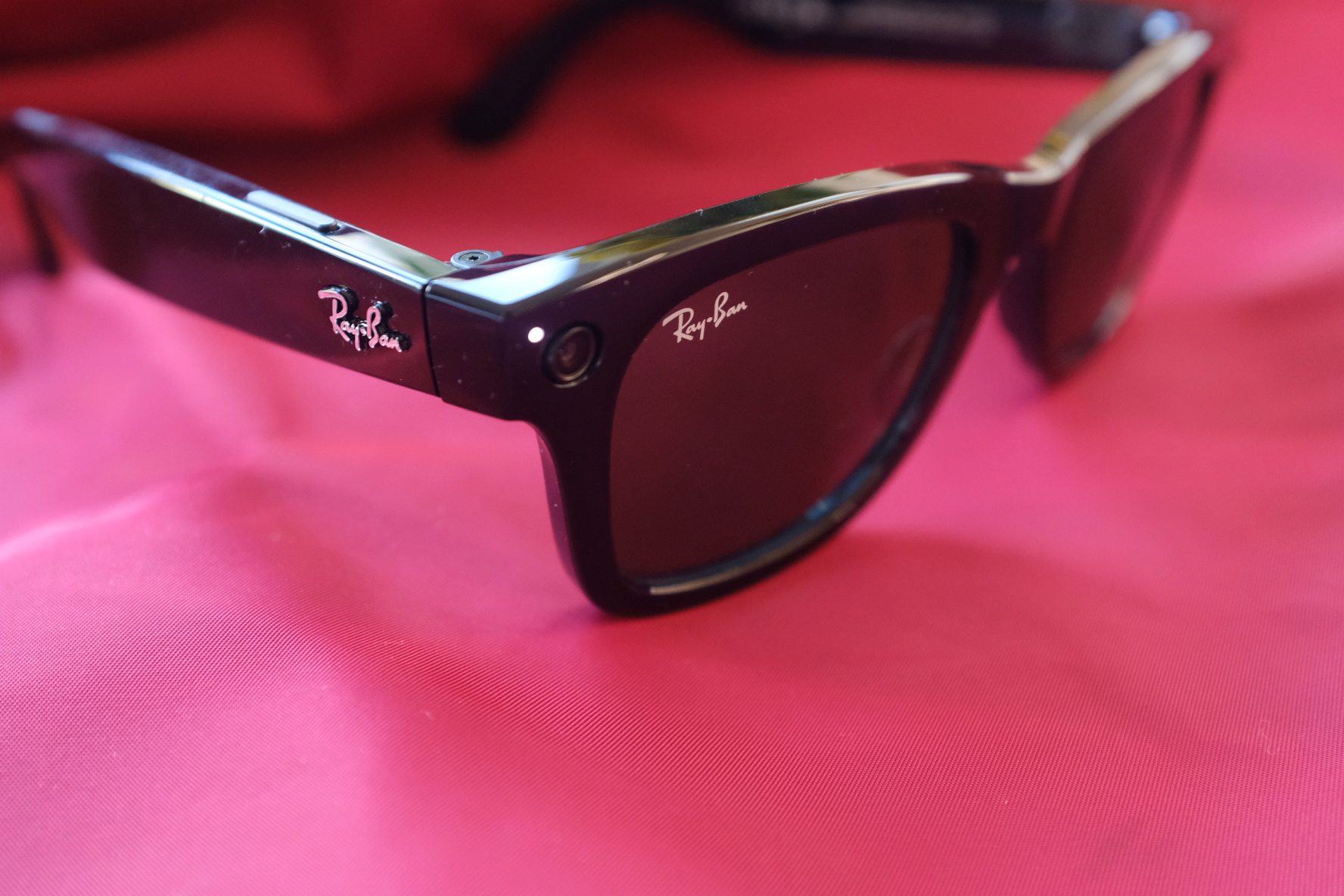

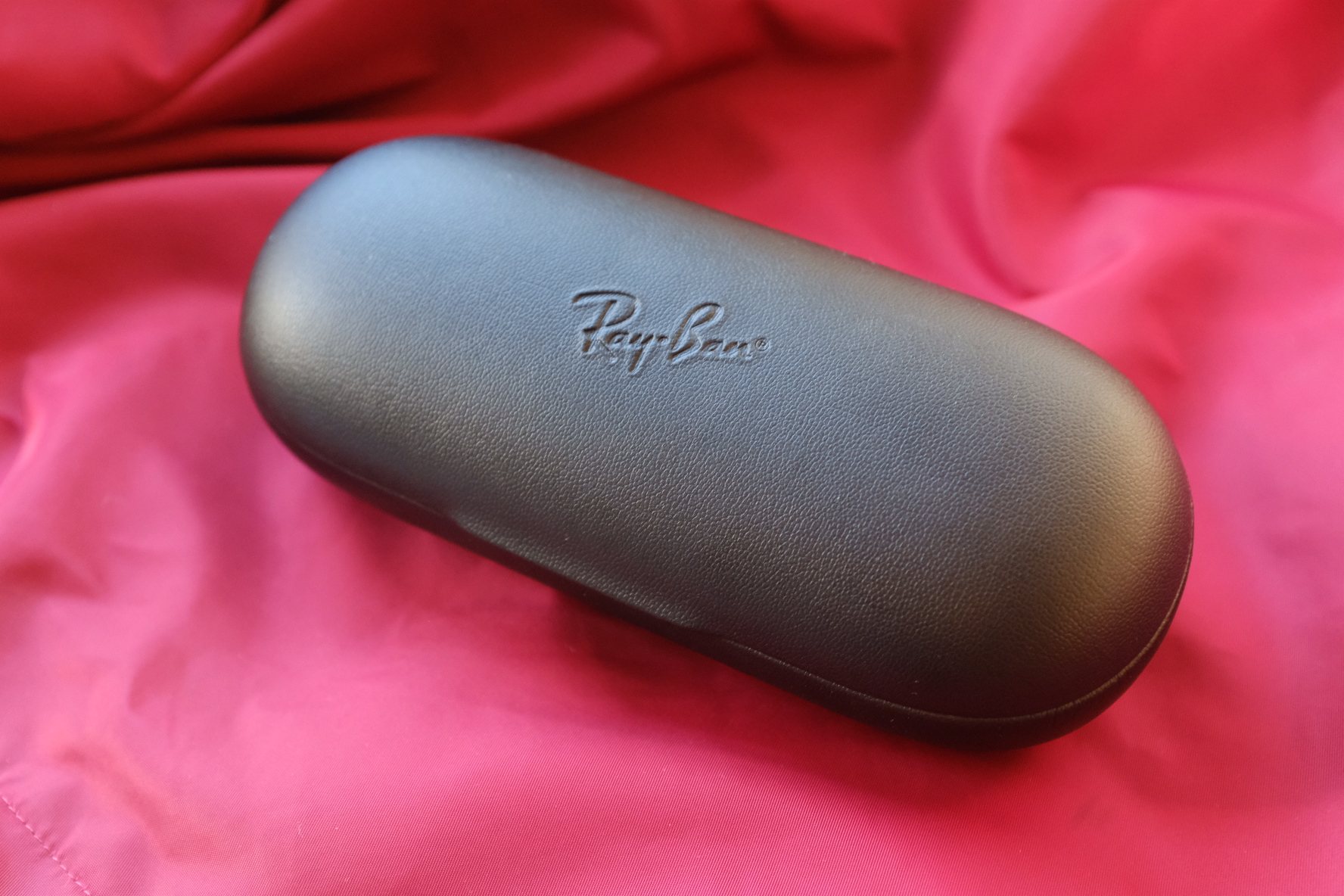
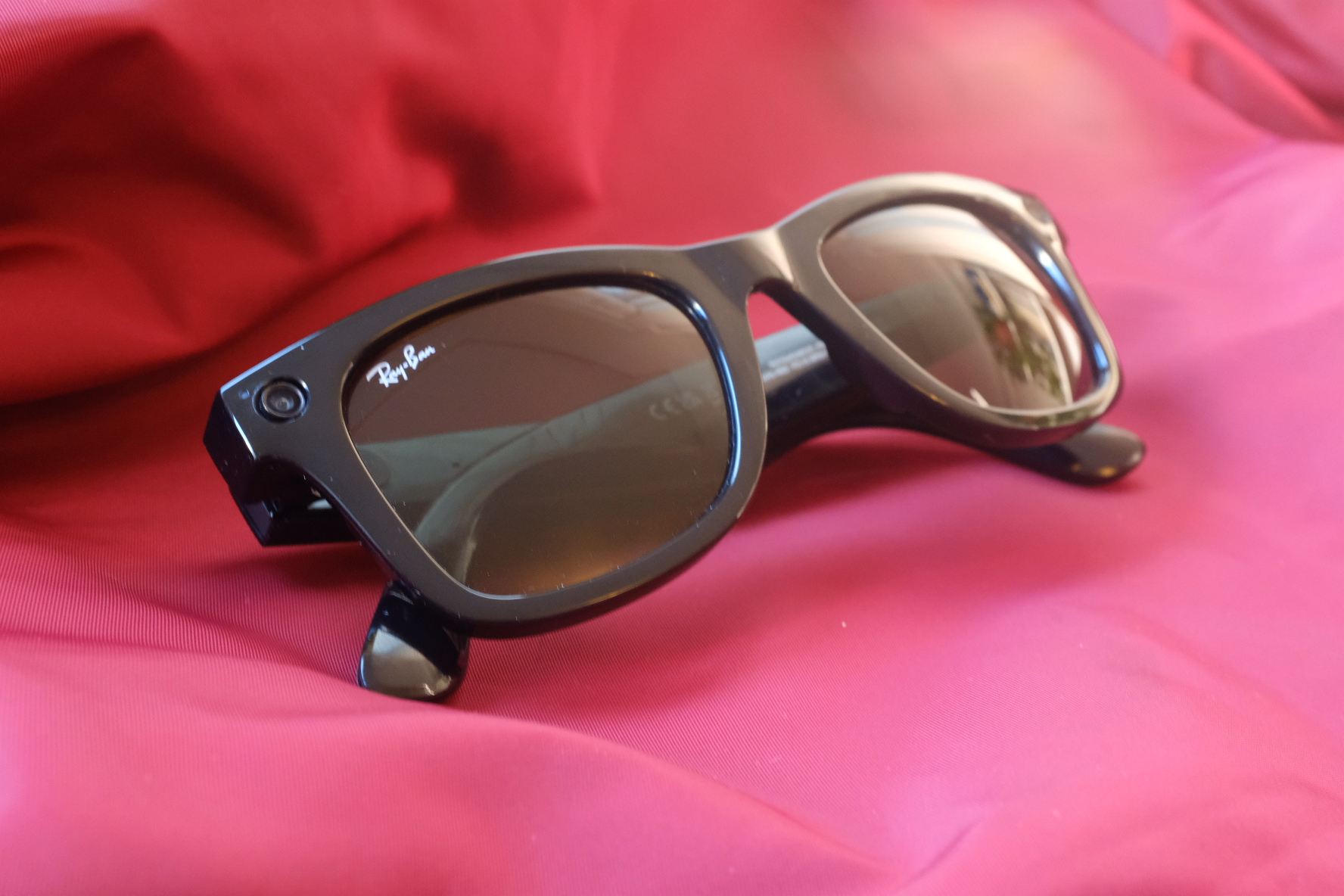
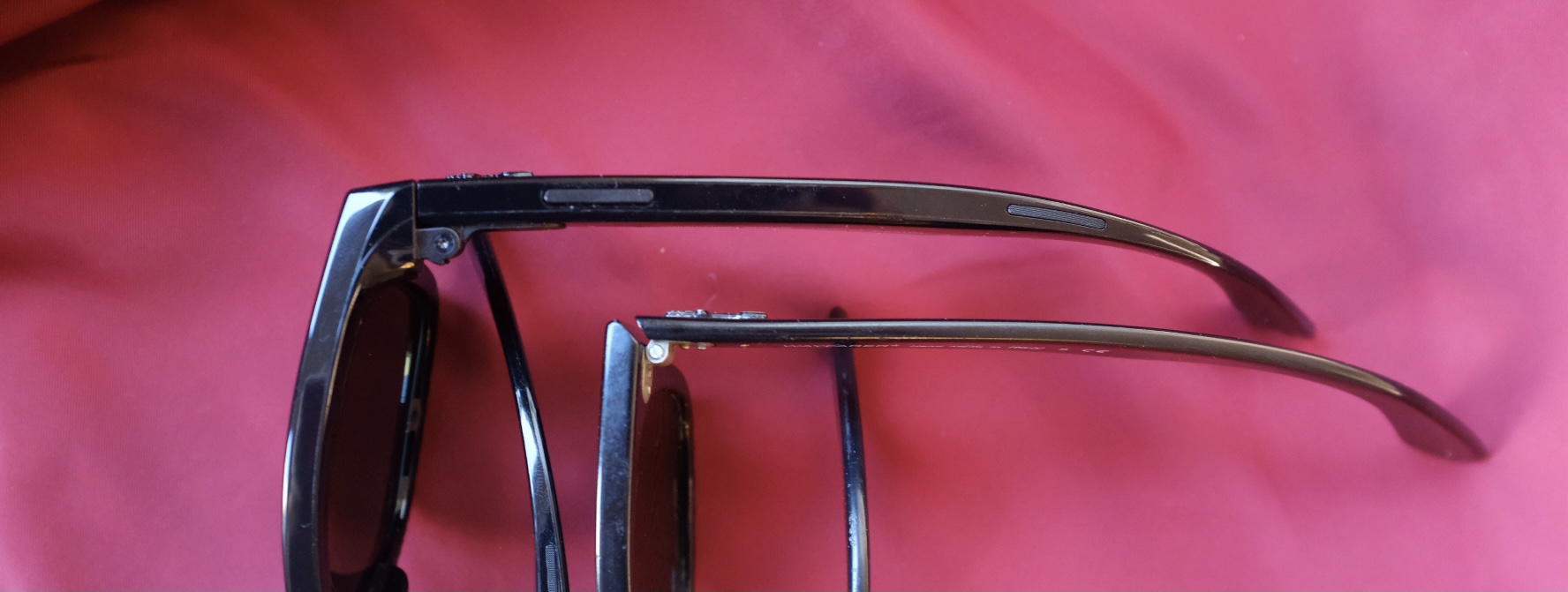
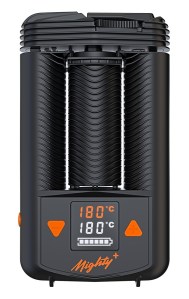 Storz & Bickle finally updated the Mighty vaporizer. The original hit the market in October 2014 and quickly became a fan favorite despite its unwieldy form factor and market-topping price. Users point to the quality of the vapor, airflow, and its certification as a medical device as primary reasons for buying the vape.
Storz & Bickle finally updated the Mighty vaporizer. The original hit the market in October 2014 and quickly became a fan favorite despite its unwieldy form factor and market-topping price. Users point to the quality of the vapor, airflow, and its certification as a medical device as primary reasons for buying the vape.


